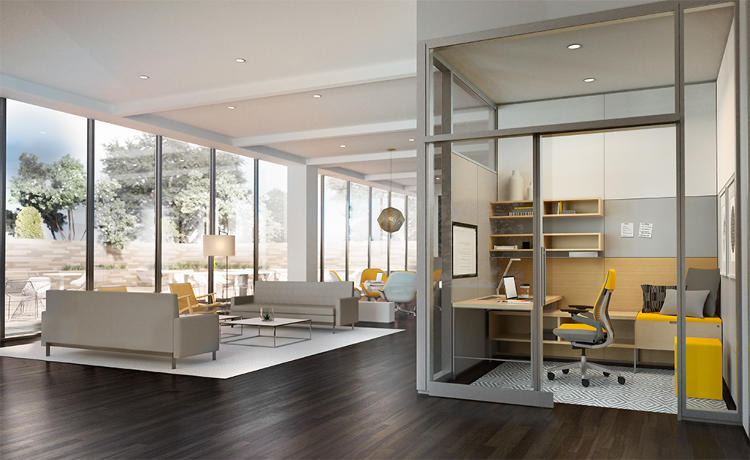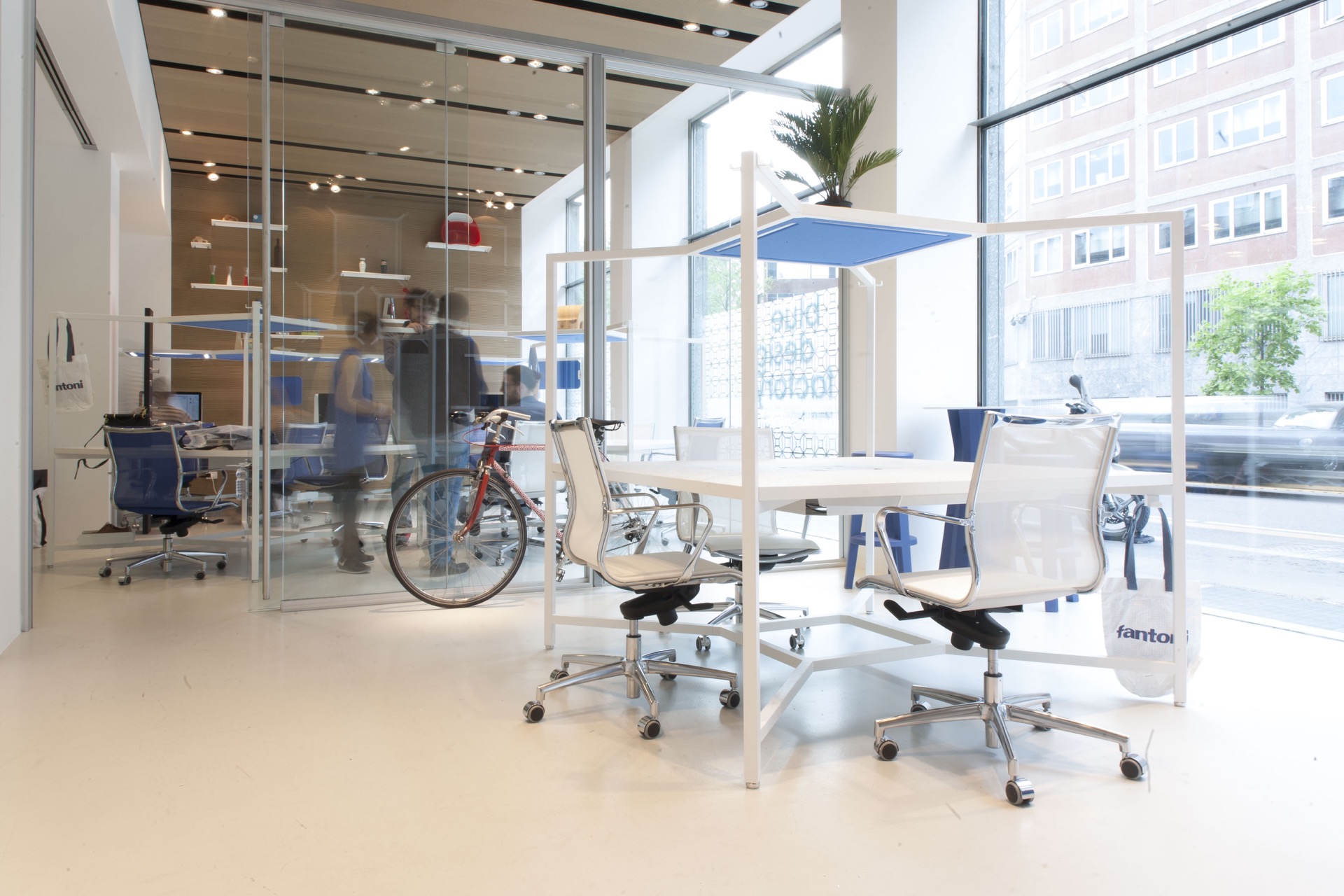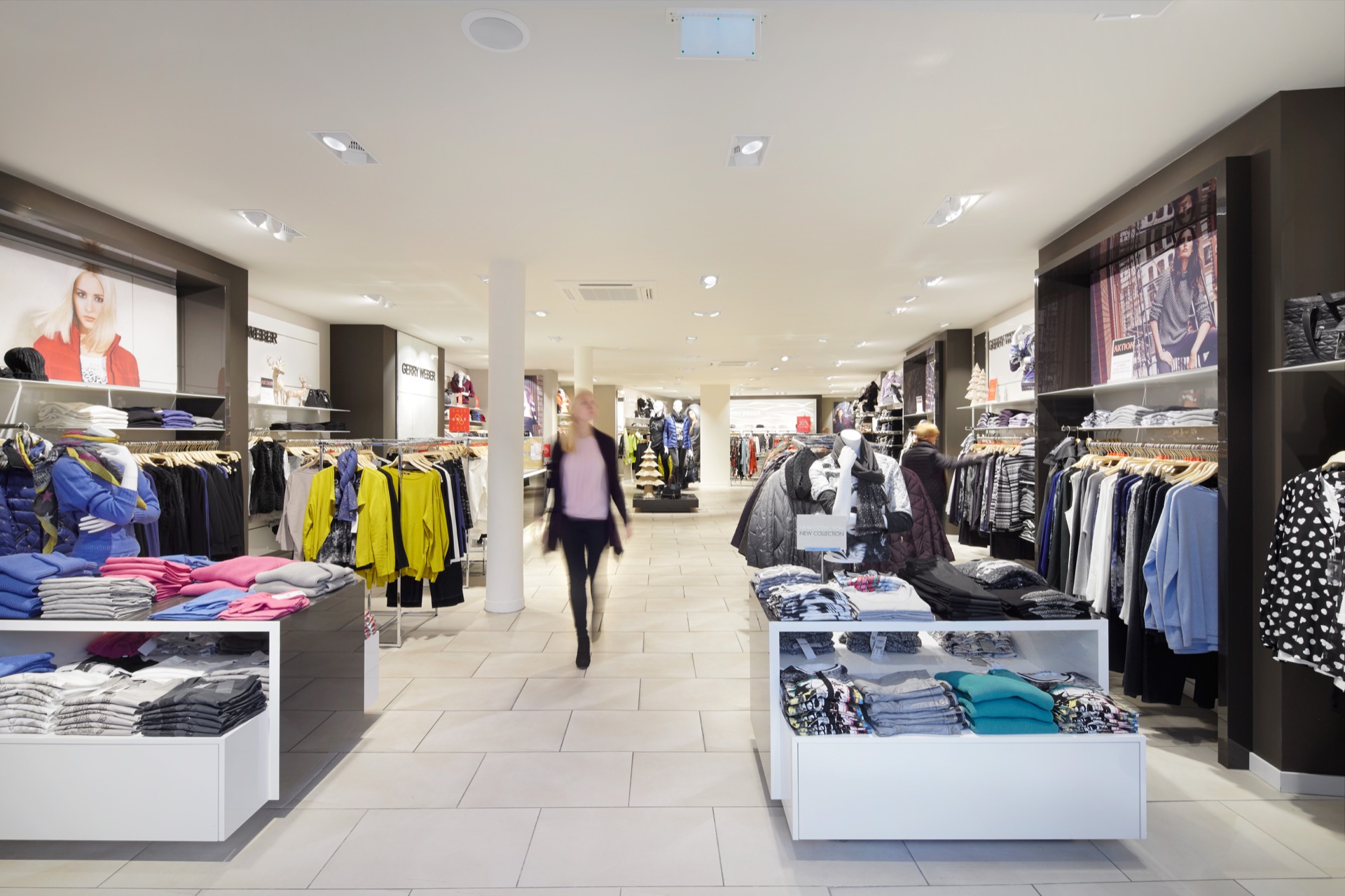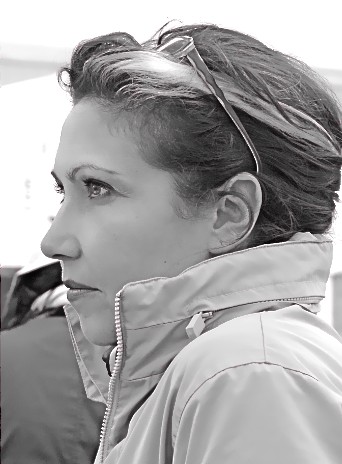
The Inner Office
about the workspace of the future
The workspace of the future will be intelligent, implicitly adapting to ergonomic, social, and cultural requirements. It will be the place where privacy and solitude are allowed and demanded, alongside room for seamless exchanges and encounters. Comfort translates into specified environments and differentiated uses. It also implies that offices be enabled to adapt to our psychological, emotional, and humanistic needs.

Susan Cain's Quiet Spaces, by Steelcase
Research shows that 31% of full-time employees do most of their work away from their official workplace, seeking physical and emotional comfort and familiarity. In her bestselling book Quiet: The Power of Introverts in a World That Can't Stop Talking, Susan Cain underlines that workers are often left to deal with the situation at the office, with little opportunity to tailor their environment based on their mood or on their need for privacy and focus. “Introverts recharge their batteries by being alone, extroverts discharge when they don’t socialise enough.” From this perspective, a new investigation has been carried out at one of the major players in office design worldwide, Steelcase. Susan Cain Quiet Spaces, by Steelcase suggests five diverse ways to empower introverts at work. Each space supports specific postures, work modes, and expectations for quiet and privacy, supported by a carefully chosen range of architecture, furniture, materials, and technology. Every quiet space offers superior acoustic performance and an atmosphere in which introverts can comfortably work. “Introverts represent one-third to one-half of all workers, yet companies often fail to provide environments that bring out their best. The idea is to give people permission to be alone. Private, quiet spaces free from interruption support focus and innovation, providing a respite from an otherwise highly stimulating workplace. Creating spaces that are available to introverts signals that the organisation understands and respects their need to work differently.”
At NeoCon 2015 in Chicago, Steelcase presented its vision for embedded technologies that help mitigate distractions and augment interactions at work. Its Intelligent Office concept, integrates sensing devices into the work environment that gather and aggregate data and learn over time what people want and need. This represents Steelcase’s exploration into how future work environments might better address a range of distractions and obstacles that leave people feeling overwhelmed and less productive at work. The Intelligent Office concept includes the Brody WorkLounge, with sensors and a red light around the perimeter signalling to others that the unit is occupied. A simple audio control appears on the side surface, allowing the worker to choose from a selection of sounds playing from speakers embedded in the headrest. A heated lumbar option keeps the worker comfortable, addressing one of the top distractions in the workplace: feeling too cold. The Divisio screen, which divides individual workstations, displays the time, date, and temperature, and also provides workers with notifications to support their wellbeing, such as to periodically stand up and move, and to take a break, as well as posting reminders of upcoming meetings.

Michele de Lucchi's La Passeggiata, Unifor
Devoted to the contemporary work environment, La Passeggiata (The Walk) describes a large installation shown at Workplace3.0 during this year’s Salone del Mobile. The project was conceived by Michele De Lucchi with the aim of creating an area in which to present design ideas and proposals that address the many ways in which we live and experience the workplace today. “La Passeggiata is a metaphor for the importance of avoiding immobility. Walking helps keep anxieties and worries away. Thinking of the work environment as a sort of gymnasium for exercising the mind means transforming it into a space in which interaction with others generates new ideas and possibilities”, comments the architect. “The office of the future is an ever-changing landscape, free from convention, always different, and it’s a constant instigator of innovation.” A circular, never-ending path through the labyrinthine meanderings of the workplace emphasises moving about in the office in order to spark the crucial stimulus needed for the creative process. This includes Hatch (1), a modular system consisting of refined partitions that incorporate doors, cabinets, desks, and sofas, in addition to Secretello (2), a desk conceived as a modern, functional, self-sufficient workstation and secretaire, in the concept of a display case.

Fantoni
Once a month, from October 2015 to May 2016, Italian brand Fantoni is organising 'blind lunches’ at which the most diverse personalities from various sectors are invited to share their views on the Milano Design Factory, an experimental workspace platform. A programme developed in collaboration with designer Matteo Ragni, the project is about an attitude of change, with attention to what is new and surprising, something highly valuable to the growth and wellbeing of working people.

Zumtobel
Zumtobel has recently engaged in a research study to examine the emotional and economic effects of Limbic® Lighting, for example in public spaces and stores: a lighting concept was specifically developed for a target group, to investigate the impact of light on our emotional condition. These effects can only be partly measured using customer surveys, so implicit methods were called upon for the analysis. The method employed by Zumtobel, developed by Gruppe Nymphenburg and known as the Limbic® Emotional Assessment (LEA), specifies various parameters for measuring unconscious physical responses, lending valuable insight into emotional reactions

